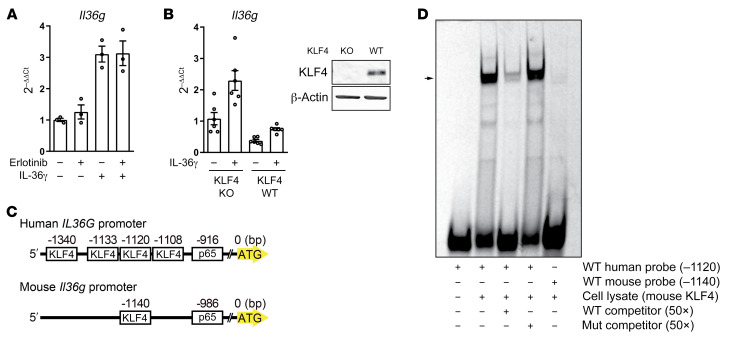Figure 3. Lack of KLF4 binding site results in loss of synergistic IL-36γ production in mice.
(A) PMKs were exposed to erlotinib (1 μM) and murine IL-36γ (100 ng/mL) for 6 hours; isolated RNA was analyzed by quantitative PCR. Data represent mean ± SEM (n = 3). (B) PMKs from wild-type or KLF4-knockout mouse were exposed to murine IL-36γ (100 ng/mL) for 6 hours. Data represent mean ± SEM (n = 3). PMK cell lysates were analyzed by SDS-PAGE and immunoblotting. Blots were run contemporaneously with the same protein samples. (C) Schematic of the human and murine IL-36γ promoter with predicted KLF4 binding site and p65 binding site by JASPAR. (D) Gel shift and competition EMSA analysis using a Cy5-labeled oligonucleotide probe for human and mouse KLF4 binding sites and HEK293T cell lysate containing murine KLF4 protein. Sequence-specific binding of human probe to murine KLF4 was demonstrated as a positive control. Gel shift reflecting formation of protein-DNA complexes with the murine probe, and KLF4 was not observed. Data are representative of 3 independent experiments.

